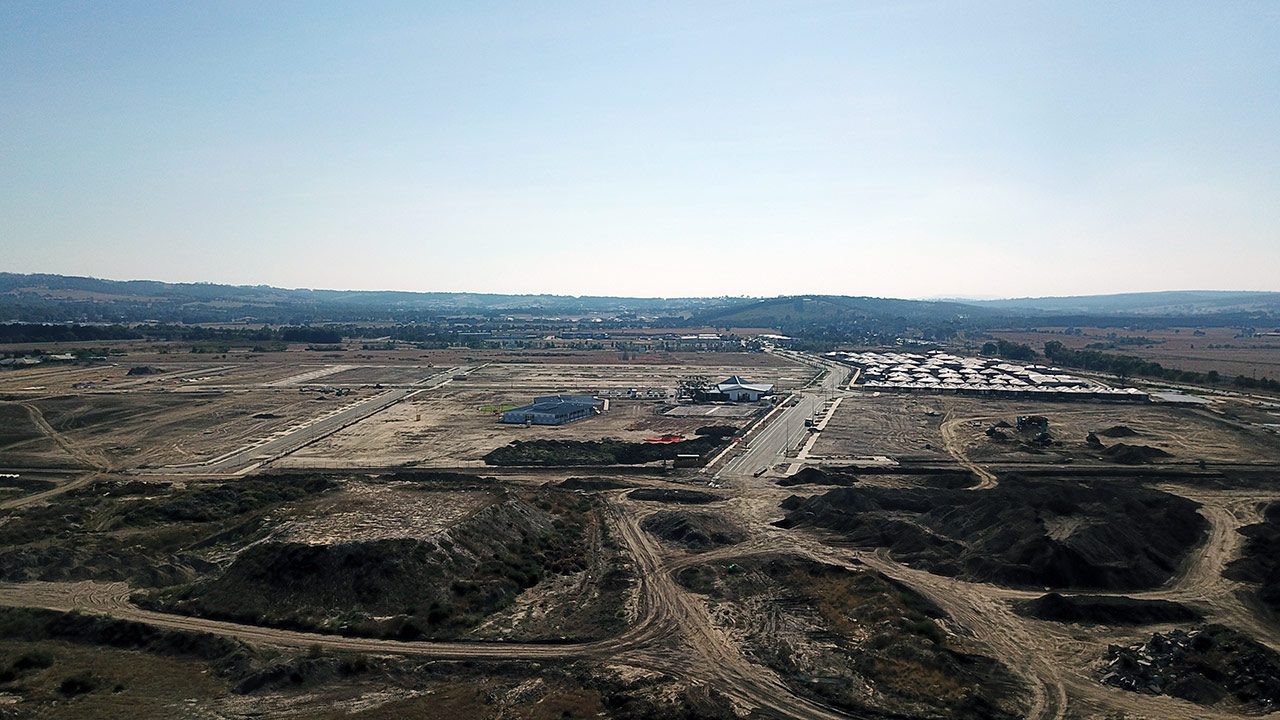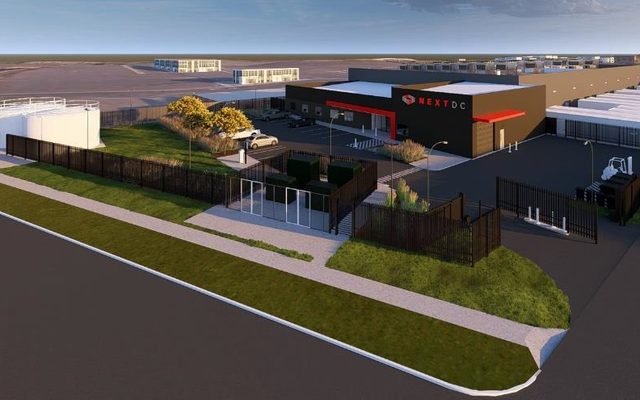This article is from the Australian Property Journal archive
LARGE residential housing developments in NSW will bypass local councils and be fast-tracked through the planning system by a new Housing Delivery Authority (HDA) from early 2025, as well as projects requiring rezoning to move forward, as the Minns government looks for more ways to unlock supply amid a housing crisis.
Announcement of the new authority came just a day after the Minns government revealed it has been quietly trialling a housing taskforce that it says has unlocked more than 13,000 homes in just two months, by resolving delays on developments that have been stuck in government bureaucracy.
It said the new HDA pathway will be available for new housing developments above an estimated development cost of $60 million in greater Sydney – which yield on average 100 or more homes – or a cost of around $30 million for regional project, yielding 40 or more homes on average.
“Proposals in this pathway will not be required to be considered by councils for development and will benefit from an approval timeline that is potentially reduced by years,” the government said.
HDA will be established within the Department of Planning, Housing and Infrastructure (DPHI). The HDA will include the secretary of the Premier’s Department Simon Draper, the Secretary of the Department of Planning Kiersten Fishburn, and the CEO of Infrastructure NSW, Tom Gellibrand.
The Minister for Planning and Public Spaces, currently Paul Scully, will remain the consent authority for projects through the pathway.
“Housing is the biggest single cost of living pressure people are dealing with right now,” the government said, adding that there is “still a disconnect between the state’s need to support new housing, and our ability to make it happen through the current planning system”.
NSW Premier Chris Minns said, “These are huge reforms that we are not proposing lightly, however the scale of the problem requires this significant change”.
“For over a decade in NSW, governments have made it harder to build the homes we need, not easier – but this cannot continue if we want to be a city that young people can afford to live in.”
Proposals will be selected through an expression of interest process with established criteria., assessed on merit with a “flexible” approach to planning controls, including any incremental zoning changes required to pursue a development application.
The Minns government is also introducing a new pathway that will allow selected projects which would deliver significant housing uplift, but require more significant rezonings, to go through a DPHI led fast-track rezoning pathway that does not require a council process.
These project would also be selected through an EOI process run by the HDA, where proponents will be able to submit rezoning proposals for consideration.
This approach will have the benefit of allowing new projects to go through rezoning and development assessment at the same time.
“These reforms will reduce the number of large complex development applications councils are required to assess each year, freeing up resources for councils to assess less complex development applications before them.”
The Minns government’s latest announcements come hot on the heels off Federal Treasurer Jim Chalmers announced the new $900 million National Productivity Fund which will encourage states and territories to cut planning red tape in a bid to boost national housing supply.
Analysts continue to voice concerns about the construction industry’s capacity to handle the huge demand for homes amid a national housing crisis, with early estimates suggesting that national cabinet’s National Housing Accord target of delivering 1.2 million “well-located” homes over five years will be missed by as many as 260,000 homes.
Master Builders recently estimated that NSW would fall short of its share of 377,000 homes, including at least 3,100 affordable homes, by almost 20%.
The NSW government has made a raft of major housing policy announcements in recent times, among them the Transport Oriented Development program which will see zoning changes within 400 metres of around 39 train stations to allow for higher density housing close to public transport, shops and services. The government estimates the rezoning could create capacity for up to 61,855 new homes over 15 years.
The HDA was welcomed by property industry groups.
“These changes have the potential to deliver more of the much-needed homes required to meet the state’s National Housing Accord Targets,” said Property Council of Australia’s NSW executive Katie Stevenson.
“Time is money. Improving planning approval timeframes will make a significant difference to development feasibility with potential to deliver major savings to the cost of a new home in NSW.
UDIA NSW CEO Stuart Ayres said housing delivery is currently “too complicated”.
“Creating an agile team like the one announced today that can make zoning and planning decisions quickly will unlock opportunities for housing in all areas of Sydney across the apartment and greenfield housing markets,” he said.
“We are in the middle of a housing crisis, where many housing projects are not economically viable so it’s vital that where projects stack up, we move them from concept to keys in a door as quickly as possible.”




